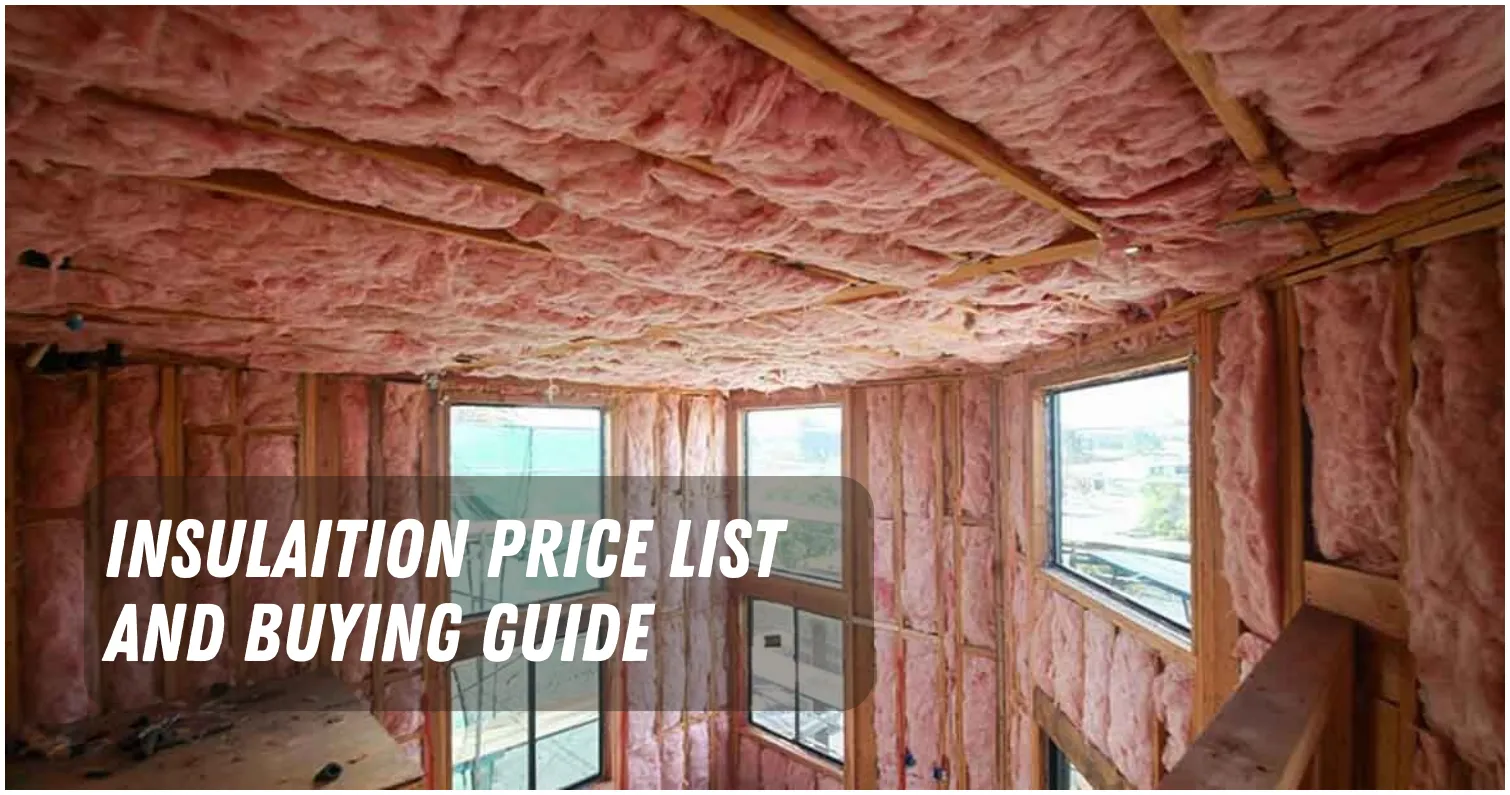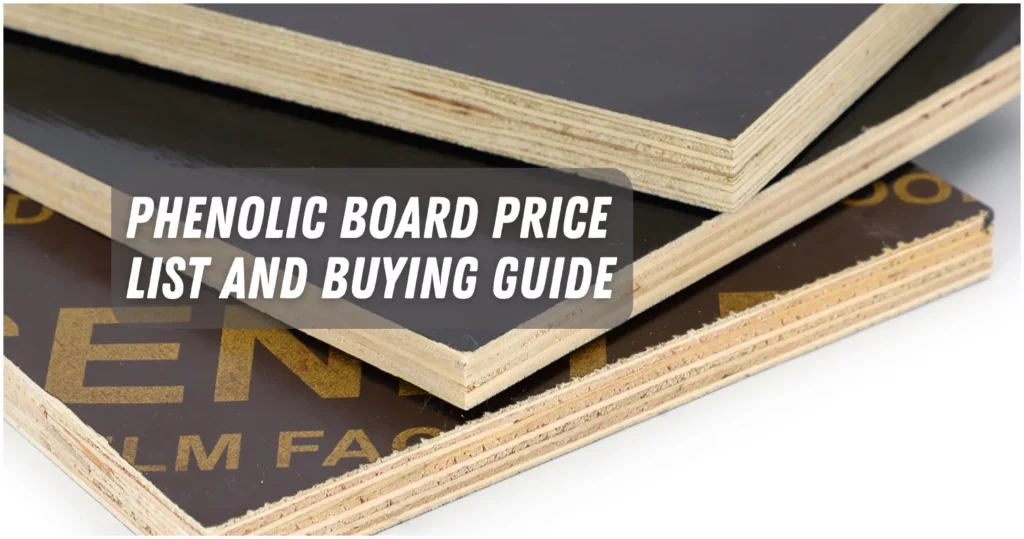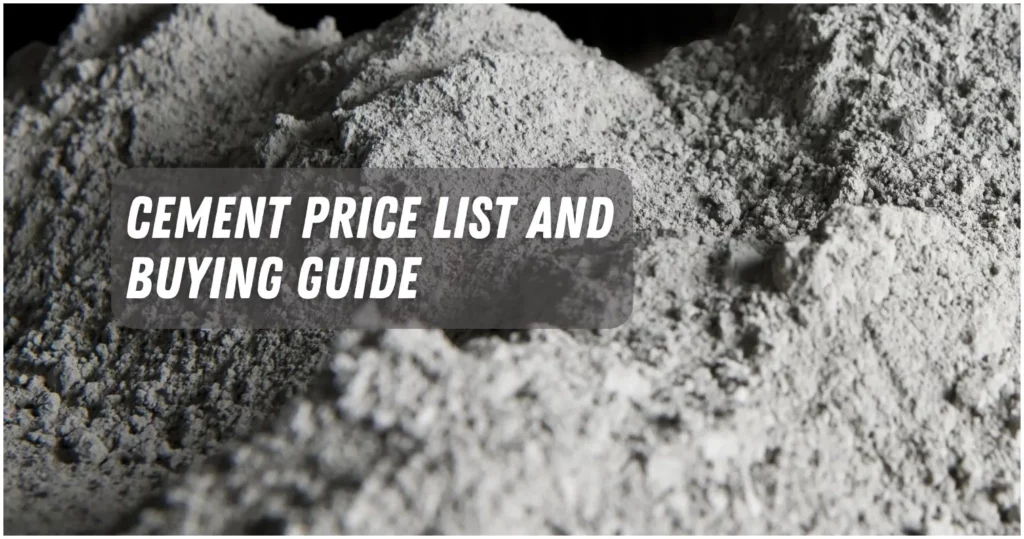Insulation price in the Philippines varies depending on the type and quality.
For an average home, you can expect to pay between ₱200 to ₱2,000 per square meter.
In this guide, we’ll explore everything you need to know about insulation.
What is Insulation?
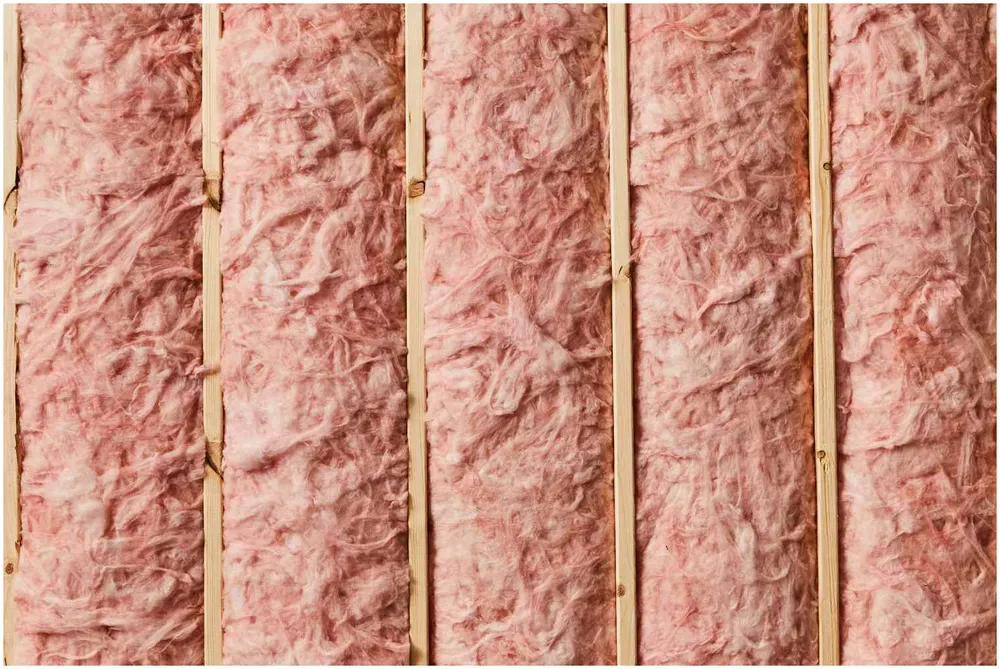
Insulation is a material that makes it take longer for heat to move through conduction, convection, or radiation.
This helps to keep a building at a certain temperature no matter what the weather is like outside.
Insulation can also cut down on noise, make fires safer, and stop problems with moisture.
Uses of Insulation
You can put insulation in a building’s walls, ceilings, floors, roofs, attics, basements, and crawl spaces, among other places.
The function and benefits of the insulation will depend on where it is and why it is there. As an example:
- Insulating exterior walls can reduce heat transfer through them.
- In hot climates, ceiling insulation can block heat from the roof or sun.
- Insulating floors reduces noise and keeps floors warm and cool.
- Roof insulation protects against extreme temperatures, moisture, and UV rays.
- Insulating the attic prevents heat from rising and escaping through roof vents, reducing cooling load and energy use.
- Insulating basement walls and floors prevents condensation and mold growth.
- Crawl space insulation protects pipes and ducts from freezing and heat loss through the floor above.
Types of Insulation
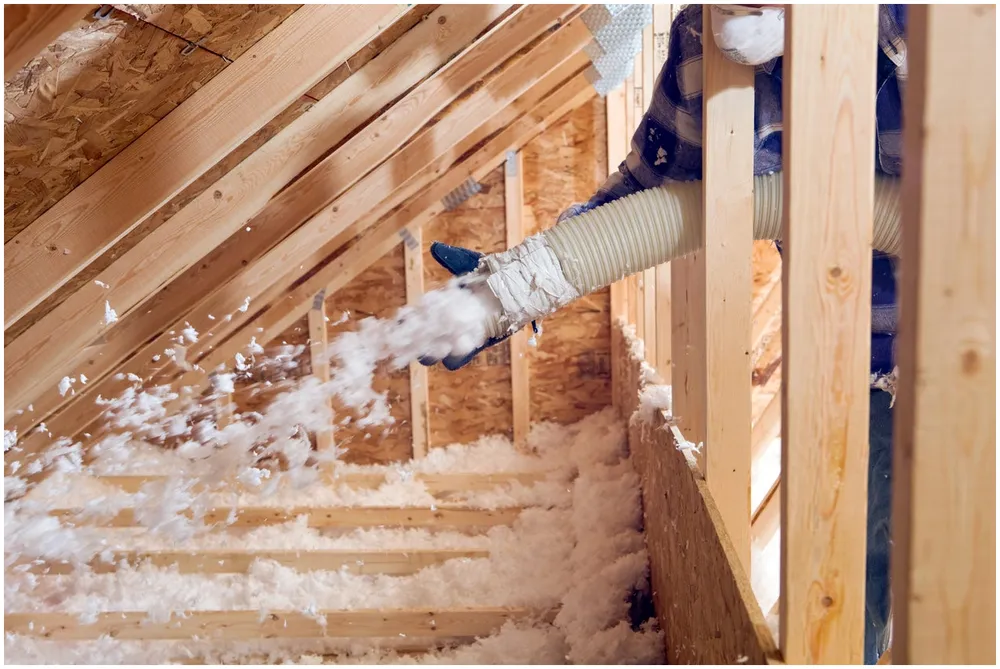
The market offers a variety of insulation types, each with its unique features and performance. Some of the most common types include:
Blanket Insulation:
As the most prevalent type of insulation, it comes in rolls or batts made of fiberglass, mineral wool, cotton, or natural fibers.
While it installs easily and costs less, careful fitting around obstacles like pipes and wires is necessary.
Its R-value, a measure of thermal resistance, ranges from about 2.9 to 3.8 per inch.
Loose-fill Insulation:
This insulation comprises small particles of fiberglass, cellulose, or mineral wool that a special machine blows into cavities or spaces.
It excels in filling irregular or hard-to-reach areas, such as attics or walls, and offers an R-value of about 2.4 to 3.8 per inch.
Rigid Foam Insulation:
Boards or panels made of polystyrene, polyisocyanurate, or polyurethane constitute this insulation type.
It boasts a high R-value of about 4 to 8 per inch and provides excellent moisture resistance and air sealing.
But, it is costlier than other types and requires special cutting and fastening tools.
Spray Foam Insulation:
Applied as a liquid that expands into a foam upon contact with air.
This insulation offers a very high R-value of about 6 to 7 per inch and forms a tight seal against air leaks and moisture intrusion.
However, it is expensive and requires professional installation and ventilation.
Reflective Insulation:
Reflective insulation consists of foil-faced materials that bounce radiant heat away from the building.
Mainly used for roofs or attics in hot climates, it reduces cooling costs.
Its R-value is low, about 1 to 2 per inch, but combining it with other types can enhance performance.
Insulation Price List in The Philippines
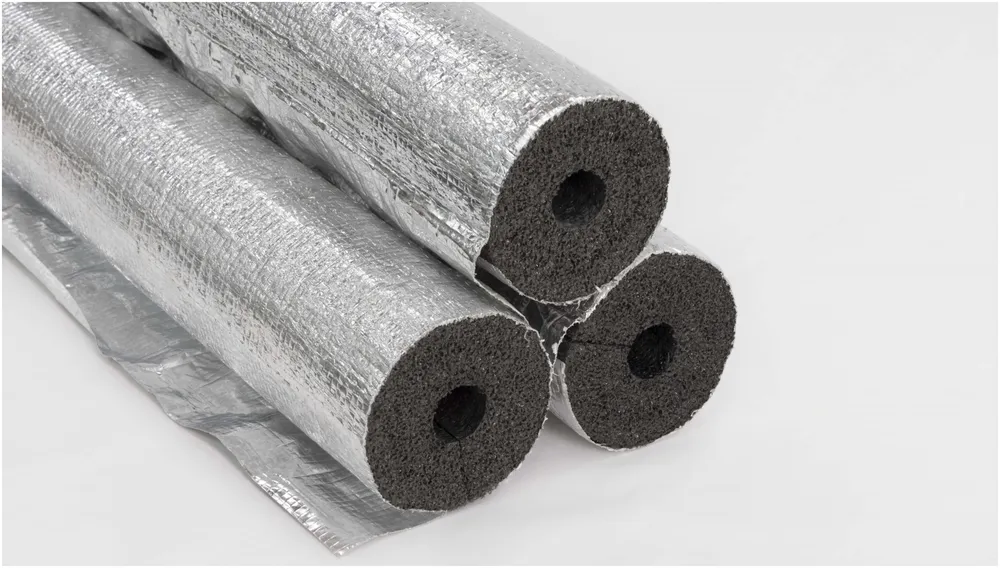
The price of insulation depends on several factors, such as the type, quality, quantity, size, location, labor cost, and installation method.
The following table shows some average price for different types of insulation in the Philippines.
| Type | Price per square meter |
|---|---|
| Blanket insulation | ₱200 – ₱800 |
| Loose-fill insulation | ₱300 – ₱800 |
| Rigid foam insulation | ₱500 – ₱1,500 |
| Spray foam insulation | ₱1,000 – ₱2,000 |
| Reflective insulation | ₱300 – ₱800 |
Note that these prices are only estimates and may vary depending on the supplier and contractor.
Pros and Cons of Insulation
Each insulation type has its set of advantages and disadvantages that you should weigh before making a decision.
Here’s a quick summary of the pros and cons for the most common insulation types:
Blanket insulation:
- Pros: Affordable, widely available, easy to install, and fits standard spaces and gaps.
- Cons: Can irritate skin, eyes, and lungs during installation, may leave gaps if not fitted properly, can compress or sag over time and lose effectiveness, can absorb moisture and support mold growth.
Loose-fill insulation:
- Pros: Can fill any space or cavity, conforms around obstacles, provides good sound insulation, can be recycled or made from recycled materials.
- Cons: Can settle or shift over time and reduce R-value, can be blown away by wind or water in open spaces, can be flammable if not treated with fire retardants, can absorb moisture and support mold growth.
Rigid foam insulation:
- Pros: High R-value per inch of thickness, excellent moisture resistance and air sealing, suitable for interior or exterior applications.
- Cons: High cost per square meter, requires special cutting and fastening tools, can be damaged by sunlight, insects, or rodents if exposed, can emit harmful gases during production or combustion.
Spray foam insulation:
- Pros: Highest R-value per inch of thickness, creates a tight seal against air leaks and moisture, expands to fill any space or cavity, can improve the structural strength of the building.
- Cons: Highest cost per square meter, requires professional installation and ventilation, difficult to remove or repair if needed, can emit harmful gases during application or combustion.
Reflective insulation:
- Pros: Low cost per square meter, easy to install, reflects radiant heat away from the building, reduces cooling costs in hot climates.
- Cons: Low R-value per inch of thickness, requires an air space to work effectively, not very effective in cold climates, can be punctured or torn easily.
Alternatives to Insulation
If you’re seeking alternatives to conventional insulation materials, consider these options:
- Natural insulation:
Made from natural sources like wool, cotton, hemp, straw, cork, and wood fiber, these materials are typically biodegradable, renewable, and non-toxic.
However, they may have lower R-values, higher costs, and greater moisture sensitivity than synthetic materials. - Recycled insulation:
Made from recycled or reclaimed materials like denim, plastic bottles, and newspapers, these materials are typically eco-friendly, affordable, and easy to install.
However, they may have lower R-values, lower fire resistance, and lower durability than synthetic materials. - Aerogel insulation:
This insulation type is made from silica gel that has been dried and treated to create a porous structure.
It has a very high R-value, very low thermal conductivity, very low weight, and very high fire resistance.
However, it is also very expensive, very brittle, very hard to install, and very rare in the market.
Things You Should Know About Insulation
Here are some common questions about insulation:
- What is the best insulation?
The best insulation depends on your specific needs and the climate where you live. - Is insulation material safe?
Most insulation materials are safe if installed correctly, but some can pose health risks if not handled properly. - How effective is insulation?
Insulation is very effective at reducing heat transfer, which can lower energy costs. - What is the commonly used material for insulation?
Fiberglass is commonly used due to its effectiveness and affordability. - Is insulation heatproof?
Insulation is designed to resist heat flow, but it’s not completely heatproof.
In conclusion, understanding the insulation price list in the Philippines can help you make an informed decision about the best insulation for your needs. Remember, the right insulation can improve comfort and reduce energy costs, making it a worthwhile investment.
[ratings]